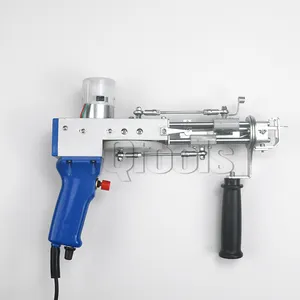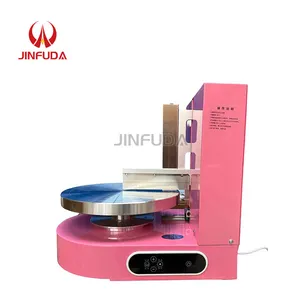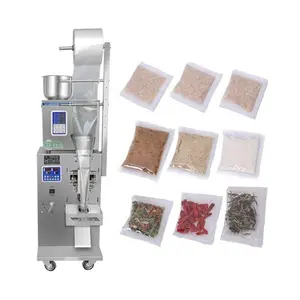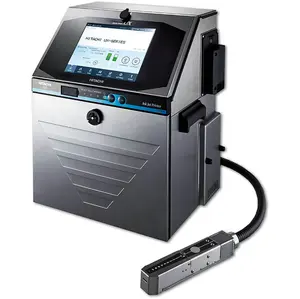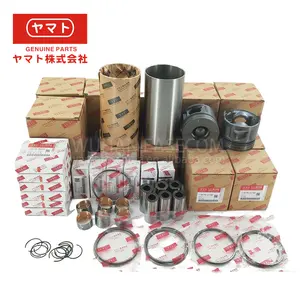Popular in your industry





































































Related Searches:










































































































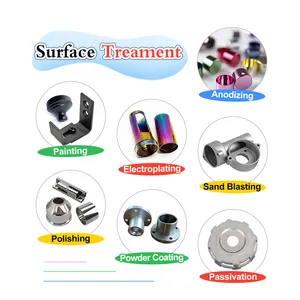




























Top categories
About vacuum investment casting
Vacuum investment casting, also known as lost wax casting, is a precision metal manufacturing process. It involves making a mold with an expendable wax pattern that is then covered with a ceramic slurry. The wax is melted out, creating a hollow ceramic shell. Molten metal is poured into the shell, solidifying into the desired part. The vacuum aspect of this process refers to the use of a vacuum to remove air from the mold cavity, ensuring the complete filling of the molten metal. This technology is widely used in aerospace, automotive, and other industries requiring complex and high-precision metal components.
The types of vacuum investment casting
There are several types of vacuum investment casting, each catering to different application needs. The conventional type uses a furnace to create a vacuum environment for the casting process. Industrial furnaces and specialized equipment are used in this method. The next type is the induction vacuum investment casting, which utilizes induction heating to melt the metal. This method offers precise temperature control and is suitable for high melting point alloys. The third type is vacuum investing casting machines that integrate the vacuum and casting processes. They are equipped with advanced technologies and controls to enhance efficiency and precision. The fourth type is the vacuum pressure casting, which combines vacuum and pressure to improve the mold's filling and reduce porosity. It is commonly employed in the production of jewelry and small, intricate components.
The advantages of vacuum investment casting
Vacuum investment casting offers several advantages over traditional methods. It produces parts with high dimensional accuracy, intricate shapes, and smooth surface finishes, reducing the need for extensive post-processing. The vacuum environment removes impurities and oxides, enhancing the metal's purity and mechanical properties. This process enables the casting of a wide range of materials, including ferrous and non-ferrous alloys, and superalloys. It is essential in industries like aerospace and medical, where material integrity is critical. The VEVOR vacuum investing casting machine is crucial for producing components with minimal material waste and the ability to cast intricate designs, reducing material usage and cost. Additionally, vacuum investment casting is a versatile process that can produce both small and large parts, meeting diverse industrial requirements. It makes the process environmentally friendly by reducing emissions and minimizing material waste.
The things that should be paid attention to about vacuum investment casting
While vacuum investment casting offers numerous advantages, several considerations should be taken into account. The complexity of the process demands skilled personnel to ensure precise handling of the wax patterns, ceramic molds, and molten metal. Proper equipment, such as the VEVOR vacuum casting machine, is crucial for maintaining the vacuum environment and temperature control. Controlling the cooling rate during solidification is vital to prevent defects like shrinkage and cracks. The vacuum level and time should be optimized for each specific casting to ensure complete degassing and minimize porosity. Material selection is critical to achieving the desired mechanical properties and part performance. Careful design and engineering are essential to address issues such as mold filling, solidification, and the removal of the ceramic shell. Careful quality control and inspection are necessary to identify and rectify any defects in the final cast parts. Adhering to safety protocols during the handling of molten metal and the investment casting process is crucial for a secure working environment.
